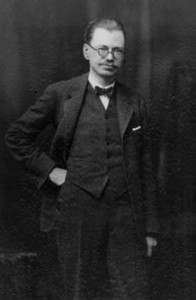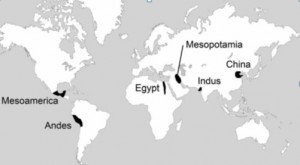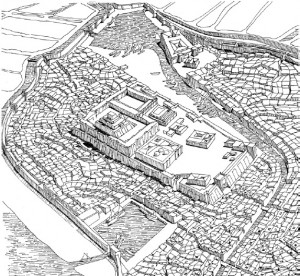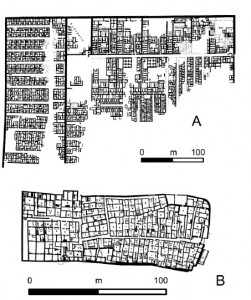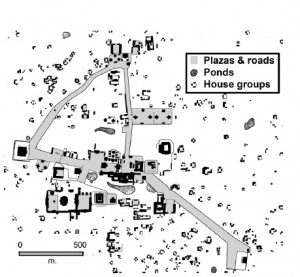By:Childe v. Gordon
About the author
V. Gordon Childe (1892–1957) was the most influential archaeologist of the twentieth century. His early fieldwork and research in the 1920s overturned archaeological models of European prehistory. He then turned to theory and synthesis and for the first time applied social models to archaeological data concerning the major transformations in the evolution of human society. His synthetic work was disseminated widely through two scholarly yet accessible books: Man Makes Himself (1936) and What Happened in History (1942). Childe was a Marxist, and in these and other works he employed two key concepts to organise his discussion: the Neolithic Revolution and the Urban Revolution. Childe’s models for these revolutions largely created the modern scholarly understanding of two of the most fundamental and far-reaching transformations in the human past.
Date of publish:
Childe’s paper ‘The Urban Revolution’ – first published in Town Planning Review (Childe, 1950) – is one of the most widely cited papers ever published by an archaeologist.
Period: (1950) The movement of modernism.
Illustration about the paper:
The processes of change outlined above are generally referred to as cultural evolution (or sometimes social evolution). The story of cultural evolution is one of the fundamental contributions that the discipline of archaeology makes to general knowledge.
Figure 1 Locations of the six areas where the Urban Revolution happened independently
Figure 2 Reconstruction drawing of the Sumerian city of Ur, one of the earliest cities Source: Barnow (2001, 51). Drawing by Claus Roloff, from the Cities and Modes of Productionproject. Reproduced by permission.
Childe began his famous paper by noting: ‘The notion of “city” is notoriously hard to define. The aim of the present study is to present the city historically – or rather prehistorically – as the resultant and symbol of a “revolution” that initiated a new economic stage in the evolution of society’ (Childe, 1950, 3). As noted above, it is important to keep in mind that Childe’s model is not so much about cities or urbanism per se as it is about the series of interrelated social, economic, political, and cultural changes that led to the earliest states and cities.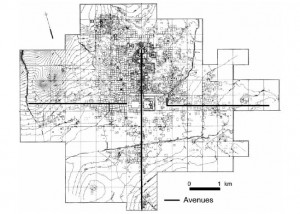
Figure 3 Plan of Teotihuacan in central Mexico (modified after a map created by the Teotihuacan Mapping Project, directed by René Millon). Courtesy of René Millon, provided by George L.Cowgill
Figure 4 Variation in Egyptian housing complexes. A: Kahun (after Fairman, 1949, 44). B: Deir el Medina (after Fairman, 1949, 47). Note that these are portrayed at different scales
Figure 5 Plan of the central area of the classic-period Maya city of Tikal, showing public architecture with a planned layout and surrounding residential zones without central planning (after Coe, 1967,20)
More references:
1) http://www.public.asu.edu/~mesmith9/1-CompleteSet/MES-09-Childe-TPR.pdf
2) http://heritagepodcast.com/wp-content/uploads/Childe-1950-Urban_Revolution.pdf
3) http://www.geneseo.edu/~bearden/?pg=socl217/Childe.html
Published By: Rand Faris

